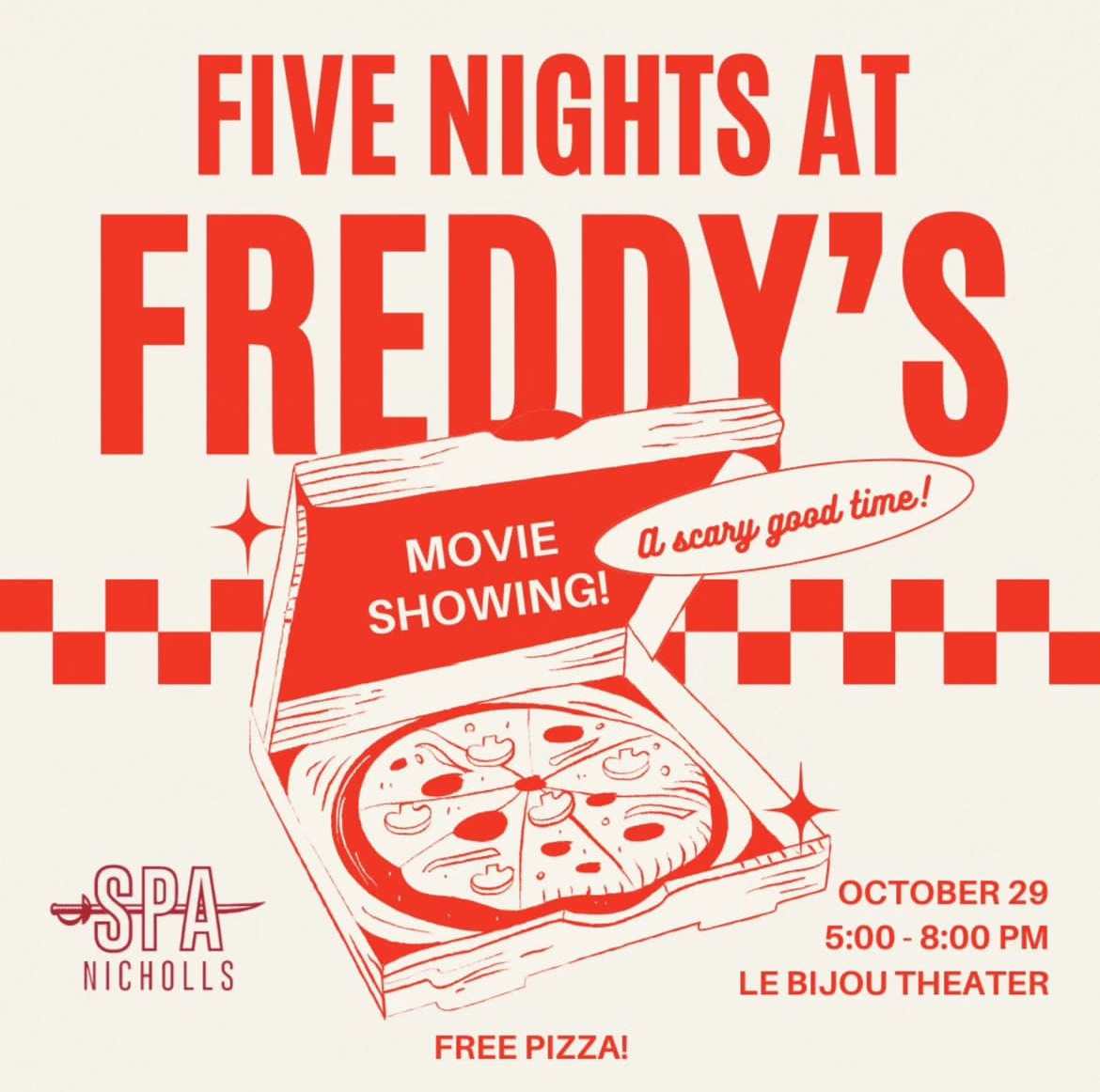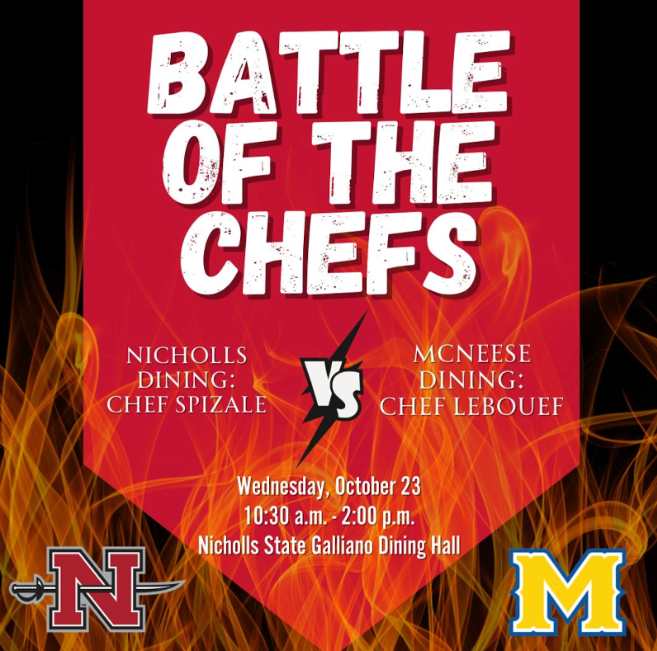He wanders through the woods and hunts his prey at the darkest night hours. His blood shot eyes frantically flick. Right. Left. They search for his next victim. Hands flex with anticipation of the kill. Nothing keeps him away, and you can only pray that you are spared from his razor-sharp fangs. Haunting howls ring through the calm of the night, warning those who dare venture into his territory. He leaps over logs and bushes, alternately running on two legs or prowling on four. When you think you are finally safe, he is right behind you. His bared fangs seek one thing – a taste of your blood.
A passionate thirst for blood gives him the power to easily rip apart cows and goats. Animals sense his presence and run. But humans should fear him more than animals. This wolf-man craves human blood. Any human. When he draws another human’s blood, his curse is over. The release of another person’s blood frees him from his limbo state of bondage – half man, half wolf. His freedom can only come from another’s misery. Until that day…searching…endless searching. For blood, so that he might once again have life.
Children squirm and adults carefully listen. They have heard this story before, but in the telling, it becomes a little more real. A creature lurks in the woods near their homes. Unexplained night noises are blamed on the monster. No one understands all the details of the story, but comprehension is not necessary for belief.
The legend of the rougarou has been spread for many generations, traveling the wide distance of the Atlantic Ocean, following French settlers to south Louisiana hundreds of years ago. The story, like most oral traditions, changes as the years pass and different people add their own variations. But one fact remains the same: the rougarou exists.
“In one way or another, everybody believes in it,” Barry J. Ancelet, professor of French and folklore at the University of Louisiana at Lafayette, explains. “Whether they believe seriously that there is a character who roams the night or not is unimportant. They believe in the stories. And they believe in the ability to scare people through the stories. It becomes a way of connecting one generation to the next.”
The people of south Louisiana derived the word rougarou from the French term loup garou. “Loup” means wolf, and “garou” translates into a man turned into an animal. The words are used interchangeably. Some people call him the rougarou, but others refer to the monster as the loup garou. “You can have any kind of garou,” Ancelet says. “You can put the word chicken in front of it or dog or whatever. But the most common tale in south Louisiana seems to be that of the loup garou – the werewolf.”
The tale changes from parish to parish. Some think that the rougarou can only roam the fields and forest. Others say that the rougarou is under the spell for 101 days. After that time, the curse is transferred from person to person when the rougarou draws another human’s blood. During the day he returns to human form, but acts sickly and fears to tell of his situation lest a worse fate should befall him.
Almost all have heard of the rougarou. Stories range from the rougarou as a headless horseman to a wolf that prowls the forest at night. Usually, the stories change with location. “The rougarou is an old man who died in a bad car wreck past a curve in Dulac,” Brandi Baville says. “The rougarou only lives in Dulac. He comes around and haunts people late at night.”
When told that the legend existed for generations, and is told throughout south Louisiana, Baville shakes her head. “Oh, no. You must be wrong. I think the rougarou only lives by my house. He’s a scary old man. Not a werewolf.”
Sometimes, instead of a frightening story, the rougarou is a threat. “We used to talk a lot about the rougarou,” Jeanne Guidry, 74-year-old resident of Lockport, says. “Mama would say `if you don’t behave, the rougarou is going to come take you.'”
Guidry believes it is impossible for people to protect themselves from the rougarou. He fears no spell and is stronger than any man. The wisest defense is to fool him. “You can make believe that you’re not home or something. You know, make sure they don’t hear you – no music or nothing at all.”
Only those who believe should fear the rougarou. Although she claims not to be convinced of the rougarou stories, her tales about the rougarou sometimes seem as though she, too occasionally thinks he could be real. “If you believe in it, you might turn to be a rougarou. The best thing to do is not to think about the rougarou,” she warns.
Some believed that all the rougarous gathered for grand balls, riding on the backs of bats. On dark nights, when the wind howled, people would look to the skies, wondering if that night was the night of the werewolf ball.
“The stories were something that people believed in. They brought them over from Europe, and our ancestors brought with them the notions of the way things are,” Ancelet explains.
People incorporated the tales of the rougarou with everyday life. To them, the rougarou was just as real as the story of Christmas or any other holiday. It was part of the way they celebrated life.
The legend creeped into people’s everyday stories, and they still tell them, year after year. True or not, people tell stories of the transformation from man to animal. They quote the stories of their parents and grandparents, proudly talking about the legends as part of their heritage.
Lafayette resident, Thelma Daigle, tells the story of her great grandfather Jean who lived in the small Louisiana town of Church Point. Extremely superstitious, Jean would never walk the same path twice when trekking to the nearby city. “He was always afraid that somebody was going to get him,” Daigle explains.
As he walked back from town one day he ventured on a old man with a dog. “The old man kept siccing the dog after the cat, and he wouldn’t quit,” Daigle says. “The cat climbed a tree, and the old man just kept on siccing the dog after the cat. Old Jean wasn’t scared. He just showed up behind him and said ‘leave my cat alone.”
Frightened, the old man ran from the woods and began spreading the rumor that Jean was the loup garou and possessed the ability to turn himself into animals. “Of course my grandfather thought this was awfully funny,” Daigle laughs. “He kept adding onto the story by spreading the rumor even more.”
However, the people who lived by Jean refused to go near him after dark. Women would not wash clothes by themselves in the bayou because it was close to Jean’s house. While washing one day, one of the women noticed a strange looking dog sniffing around. She immediately instructed the other women to be quiet because the dog was Jean, and he was spying on them.
“Well, the dog walks around and naturally lifted his leg at a tree, and this little lady was furious,” Daigle says. “She said `Jean, why don’t you stop that? Why don’t you respect us? Go away.’ They were really scared of him.”
The traditions and rumors continued. Jean’s rougarou reputation developed, following from one generation to the next. When Daigle’s father inherited Jean’s property, he also gained the legend of the loup garou.
“The blacks that would work there with my father, they would work with dad all day long in the rice fields and what have you,” Daigle says. “But come nighttime, at dusk, they would not be anywhere near my dad because the power to become a loup garou had passed down from one generation to another.”
Daigle even used the fears of the legend to scare away an unwanted suitor during her teenage years. “When I was in high school, there was a young man that had taken a liking to me. Every time I turned around, Kermit was in my face. I couldn’t shake Kermit,” she says.
Eventually, Kermit conjured up the nerve to ask Daigle about the truth of her fam
ily’s legend of the loup garou. “I told him yeah. I come from a family of loup garous,” she recalls. “He says `Is it true that it goes down every generation?’ So I say yes, it does. I said the third child of every family inherits it. I could see his mind going . . . there was my sister Eula, my sister Helen and here I am. The third child. His mind was reeling. He asked how does it pass on? How do you turn into a loup garou? I said, well, I’ve got a little red spider in this little box. I turned around and looked, and he was gone. That was the end of the romance.”
Daigle claims that the people of her great grandfather’s age believed the stories. The tales became a part of daily conversation, integrated into every aspect of their lives. But even those who say they do not believe have their moments of doubt. “I would ask my mom when the moon is full, do you get scared about daddy?” Daigle says. “Because that was the story. That’s when they used to come out. When the moon was full, that was when the loup garous would start wandering. My mother knew that this was not true, but yet, she had her doubts at times.”
Daigle says lack of education and unawareness of the outside world fostered the legend. “The Cajuns went nowhere, and if someone told them something, they believed it whole heartedly. They had nothing else to know,” she says.
The loup garou supposedly prowled large areas of land, usually far distances from their families. At the darkest hours of the night, it mattered little whether the victim was a relation. The loup garou’s insatiable thirst for blood overcame logical thought and his animal instincts took over, driving him onward in his quest.
You see, a rougarou does not stop to ask if you are a believer. He hunts until he is satisfied.







